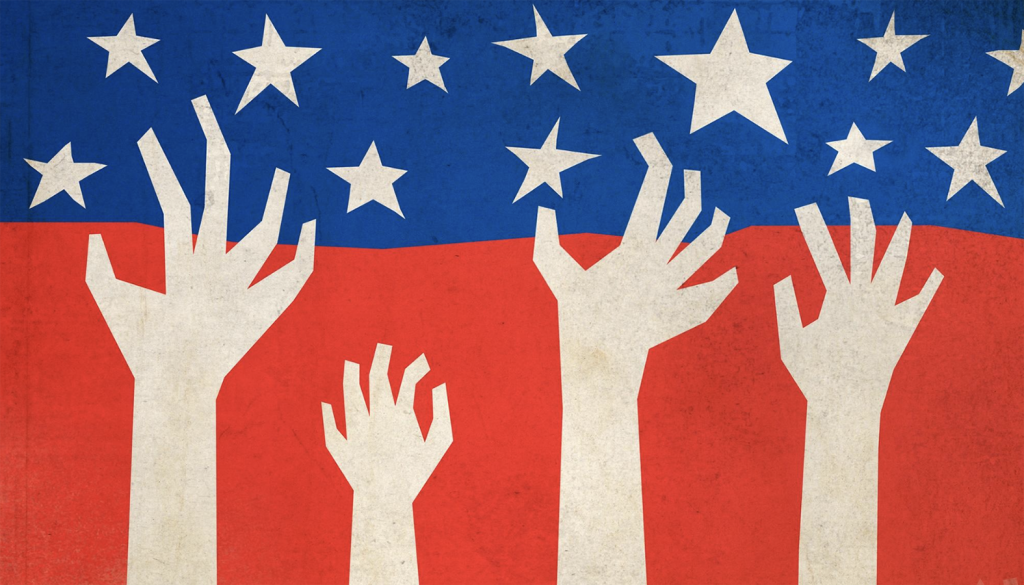Ken Burns reinvented the documentary series 32 years ago with his seminal nine-part series of the American Civil War. Subsequent documentaries on baseball, jazz, country music, the Roosevelts, and several others followed.
All received critical acclaim, and all seemed to give an equitable and unbiased version of historical events. Some people have taken umbrage to these films for tilting more toward one ideology than the other, but for the most part, they maintain a historically accurate retelling of important events of the American experience.
Our history is not always pretty, and it is sometimes difficult to look in the mirror and see where we once were or even where we are now.
Ken Burns pulls no punches in his newest documentary “The U.S. and the Holocaust,” directed with Lynn Novick and Sarah Botstein. One of the hardest punches in this documentary is the illumination of the pseudo-science of eugenics, which was born and raised in the early part of the 20th century. Its primary champion was a man named Madison Grant.
We learn all we need or want to know about Grant by hearing an actor recite words directly from his writings. To hear how confidently Grant “championed” the cause to eliminate a class of human beings helps Burns make the case that American eugenics was at least a kind of connective tissue to the Nazi monstrosity that was to follow.
As liberating as the truth may be, it can make us squirm. President Theodore Roosevelt is quoted in this documentary, supporting the things Madison Grant proposed — and all of a sudden, this giant of 20th-century America does not appear so tall.
It may have been an oversight, it may have been a matter of editorial necessity, but I did find it interesting that Burns mentions Margaret Sanger, the goddess of Planned Parenthood, only briefly when it comes to her views on eugenics. She was in lockstep with Madison Grant, and in the very same year that Hitler rose to power, Planned Parenthood’s Birth Control Review published “Eugenic Sterilization: An Urgent Need,” by one Ernst Rudin, who was the director of the Third Reich’s genetic sterilization program and founder of the Nazi Society of Racial Hygiene.
Two other historical figures in this documentary made a big impression on me — but not in a good way. Charles Lindbergh was a larger-than-life figure in American history, and his historic achievement of flying solo across the Atlantic Ocean captured the imagination of generations of young Americans.
I still remember one of my very first book reports in school was Lindbergh’s autobiography “WE.” Reading about his exploits as a daring mail service pilot and his solo journey across the Atlantic in the Spirit of St. Louis fueled my curiosity about the world that has stayed with me to this day.
As with all things, as I grew older and dug deeper into my hero’s life, I learned about his infatuation with Nazi Germany and his antisemitic tendencies. Seeing a newsreel of Lindbergh in “America and the Holocaust” spewing antisemitic rhetoric to a throng of adoring fans was hard to watch. Seeing newsreel photos of him standing next to the likes of Herman Goering, looking so comfortable in the presence of this monster, was even worse.
Things got even darker when Ken Burns turned his attention toward one of the first “media” priests, Father Charles Coughlin. For a brief time, Father Coughlin captivated a national radio audience with fiery rhetoric and antisemitic beliefs that were shocking even then. Father Coughlin’s meteoric rise had an equally rapid crash when his views were quickly denounced by the Archbishop of Chicago.
I do not believe the intent of this documentary was to make us feel bad about the United States of America. It is a sober evaluation of where we were as a nation and a people, including Jewish Americans. According to the documentary, even as Germany put the “final solution” into high gear, approximately 25% of American Jews were against relaxing immigration limits for German Jews or Jews from anywhere.
Although there is enough blame to go around, there is also something good to take away from this documentary. As unacceptable as antisemitism was in America at this point in history, it did not dissuade hundreds of thousands of Jews from trying desperately to get to the United States. Paradoxically, at the same time that American gentiles — including Catholics, sadly — held firm to many lies and stereotypes about Jewish people, American Jews were flourishing in academia, the arts, and business.
It is unavoidable: When we choose the lesser of two evils, we are still choosing evil. But the difference between American antisemitism and German antisemitism in the 1930s and 1940s was the difference between, on one side, roadblocks to memberships in country clubs, hotel accommodations, and exclusion from certain housing developments. On the other, an express train to a death camp.

